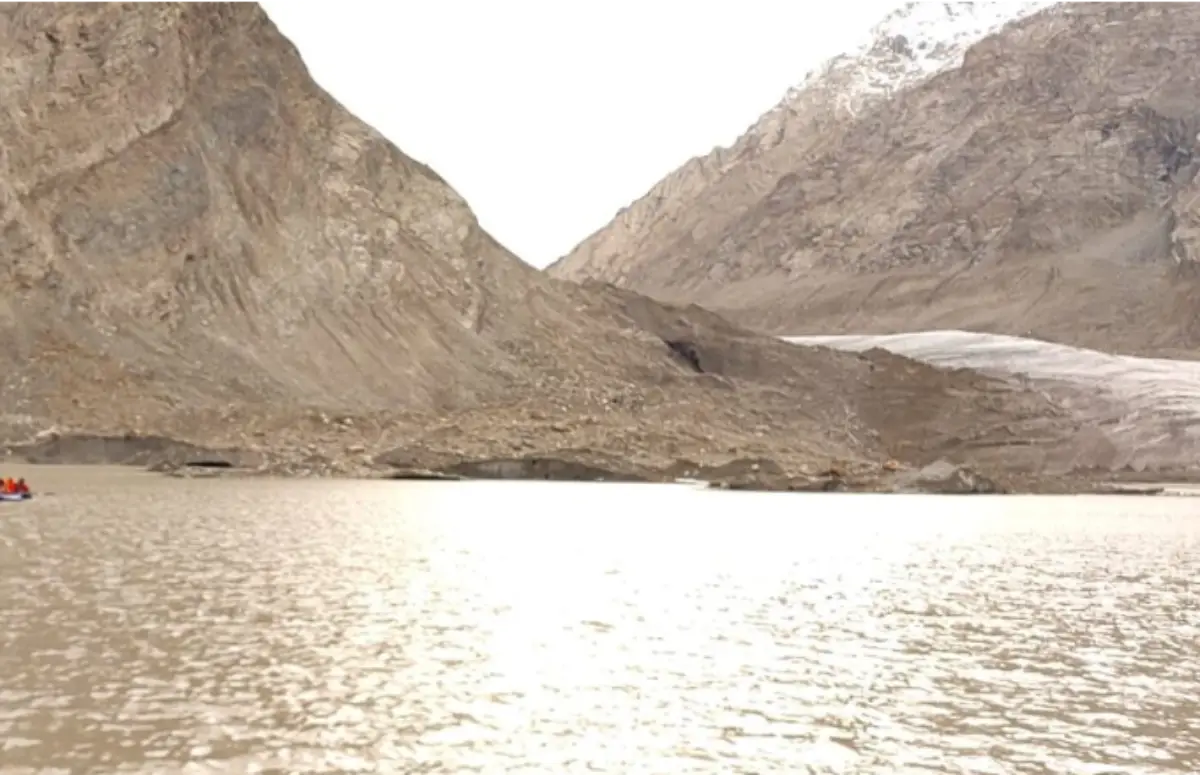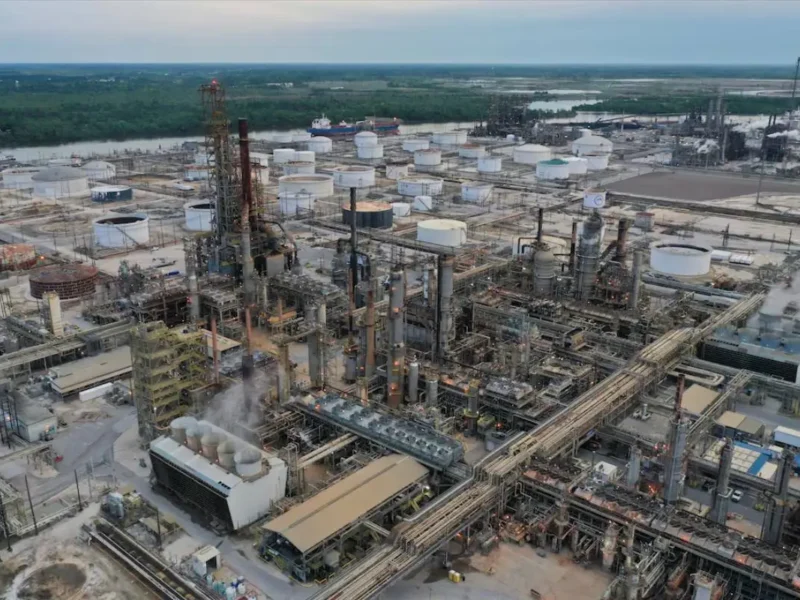
Poor Snowfall Posing Risk Of Glacial Floods In Himalayas
SHIMLA, (IANS) – The reduced snowfall in the Himalayas increases glacial lakes that pose a growing risk of lake outburst floods in the Himalayas, warn glaciologists.
They call for increasing preparedness, international cooperation, and climate adaptation.
The Himalayan state of Himachal Pradesh received a large deficit winter precipitation of 31 percent since January 1 with nine out of 12 districts having received deficient precipitation, says the Meteorological Centre in Shimla.
The highest cumulative monthly rainfall in winter in Himachal Pradesh occurred in 1954, it says, adding the state received isolated rainfall in January with weak activity on many days and one day of normal activity on January 31.
Meteorologists said that warmer winters continued for the second consecutive year across India because increasing global warming has been altering the weather patterns, leading to anomalies in the temperatures and rainfall patterns.
Climate change and associated glacier recession have led to the formation of new glacial lakes and the expansion of existing ones across the Himalayas. Many pose a potential glacial lake outburst flood threat, a climate change-induced threat, to downstream communities and infrastructure.
The term glacial lake outburst flood refers to the catastrophic release of a water reservoir that has formed at the site of a glacier.
Glaciologists warn of last year’s Sikkim-like glacial lake outburst in other Himalayan states too.
As a result of climate change, and consequent accelerated glacier recession, the number of glacial lakes in Hindu Kush Karakoram Himalayas increased from 4,549 lakes (398.9 square km) in 1990 to 4,950 lakes (455.3 square km) in 2015.
Several large-scale and regional assessment studies confirm the growth of glacial lakes and their hazardous potential across Asia.




